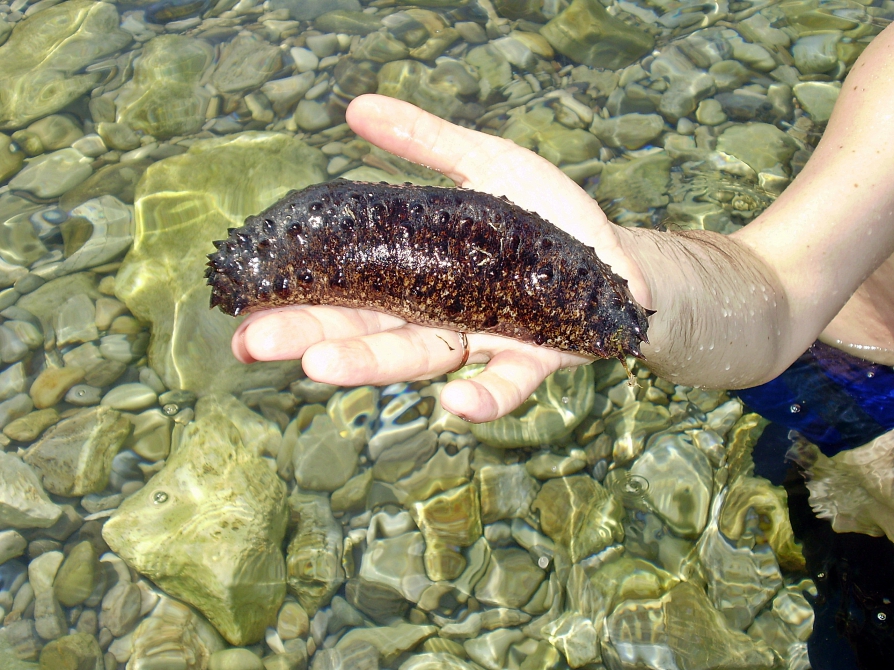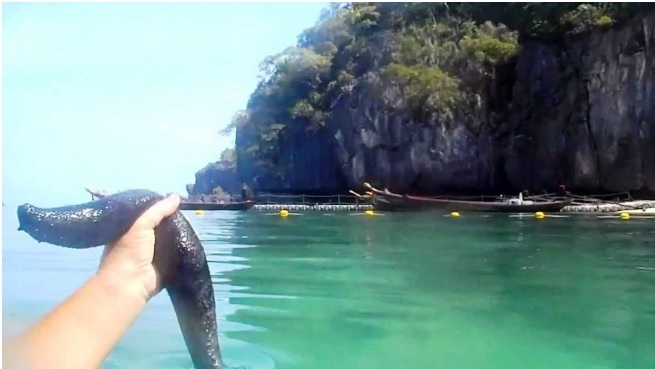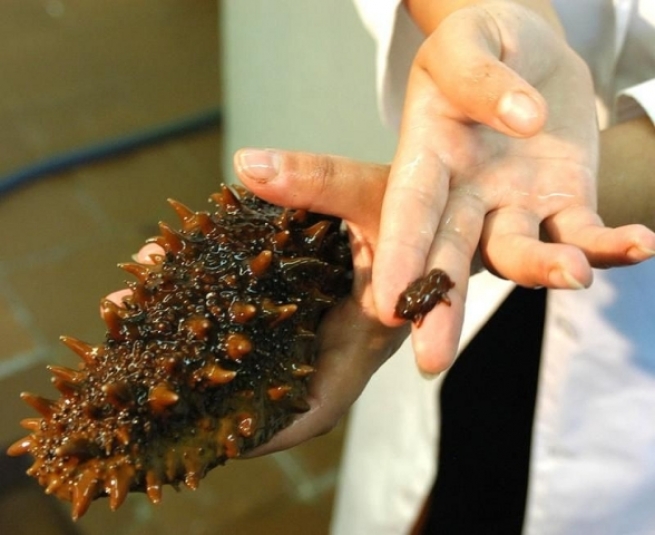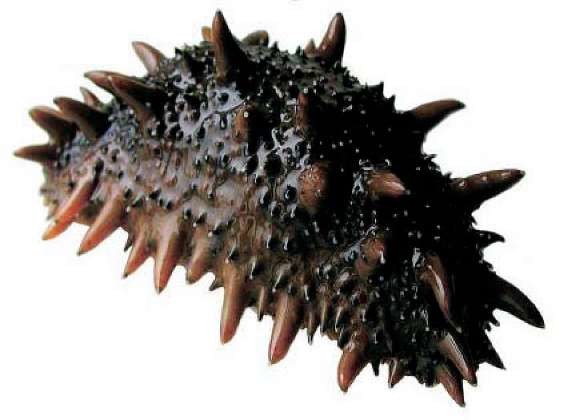Is it a Greek elixir of youth?


Greece is a “paradise”. All conditions are here for longevity and a happy life. But do we know enough how to use the gifts of nature that surround us?
Take, for example, a sea cucumber. “Phew, what nasty things”—many of those who faced it in the sea will say. However, very few people know that the Chinese are literally chasing sea cucumbers, which the Greeks do use neither in food, nor in pharmacology; and the first are ready to crimes in order to receive them in sufficient quantities on the territory of Greece, plundering its natural resources.
Last year, a real scandal broke out. According to Greek law enforcement agencies, for two years illegal fishing of sea cucumbers out was carried in the Malian Gulf, located in the eastern part of Central Greece, right under the nose of the port authorities of the region. The report says that recently were seized about two tons of illegally harvested sea cucumbers. But the sea cucumbers can be sold abroad to 1.000 Euros per kilogram!
It was found that Chinese citizens had been engaged in poaching for many years, and during this time they almost exterminated sea cucumbers in the area, causing ecological damage to the region.
The sea cucumber is an unusual inhabitant of the underwater world. It is a bit like a worm, or more precisely, a large thick caterpillar, but, nevertheless, it is a real invertebrate animal. Its scientific name is holothuria. The holothurians have several other names. Types of holothurians that are used for food are called sea cucumbers. Another very unusual nickname of them is sea capsules.

They can be found in almost all the seas, except the Caspian Sea and the Baltic Sea. They live both in coastal zones and in deep-sea depressions. Coral reefs serve as their main home. Depending on the type, they have different sizes, ranging from 0.20 inches to 16,40 feet. The lifespan of these primitive echinoderms does not exceed 10 years, although this is not the final data. Due to the complete absence of the brain and sensory organs, the sea cucumber is endowed with the same amount of mental capacity as the vegetable, in honor of which it is named. However, this bright and colorful animal plays a very important role in the development of the ecosystem of the seas and oceans.
The first description of holothuria has been done by the ancient Roman encyclopedic writer Pliny the Elder. Describing the Mediterranean holothuria, Pliny called it a sea cucumber, apparently for external similarity, and this nickname attached to the holothuria for ages, although most representatives of this class of animals do not look like green cucumbers. These amazing marine animals have often mottled, saturated colors.
The sea cucumber is sometimes called espardeña, the same is also la Stichopus regalis. It is a cucumber, but not a Pacific one: this Mediterranean cucumber is similar to a cochlea without a shell, a close relative of the sea urchin and starfish. In Catalonia, he is known as the pixota negra, in Ibiza—as morena bamba, but whatever it is called, all the names are defined only by the appearance of this creature, which from the point of personal view remains very unattractive. Any hint of gastronomic qualities—it confirms once again how limited and unfair is our observation of the outside world.

The edible part in the sea cucumber is its digestive apparatus, through which it lets in kilograms of sand, sifting it in search of edible particles. In case of danger, it “spits out” its own insides, which, however, will be very quickly regenerated.
The cucumber in the Mediterranean has always been a meal of ordinary sailors and fishermen. For example, it was so in Valencia, Catalonia and in the Balearic Islands, but recently the situation has changed radically. It’s so happened that the cucumber “crawled” in the menu of expensive restaurants and began to be treated as an unusual delicacy which can be tried only for a lot of money as a consequence of reduction in the animal population at the bottom of the Mediterranean Sea.
To taste the sea cucumber does remind anything: it is both a clam and squid, and a cancer at the same time. In general, you need to try. The texture of the prepared dish is a bit silky; the meat has a light color. In Barcelona, you can try Sea Cucumber in Passadis del Prep or in Shunka, in Madrid—in Kabuki Wellington, Casa Mandi or in La Tasquita de Enfrente.
However, the Greeks, as it turned out, having a real free and affordable “youth elixir” and health under their noses, had absolutely no idea about it. The Mediterranean cucumber, according to the scientists, has unique healing properties—it contains antitumor, antifungal substances, increases the body’s immunity, normalizes the blood formula, which is confirmed by practice. In addition, these cucumbers are used for the production of pharmaceutical and cosmetic preparations.

The ancient imperial dynasties of China used infusion of sea cucumber as a rejuvenating elixir, prolonging life. Studies have confirmed—the tissues of this cucumber are perfectly saturated with microelements and biologically active substances, which explains the rejuvenating effect. According to the composition of its mineral substances, any known organism can be compared to the cucumber. Emperors of many eastern countries believed that eating meals with cucumber could increase their reign. Because of the stimulating properties, the Chinese call the cucumber as a second ginseng.
Let’s hope that the sea cucumbers in Greece will be all right.
Recipes for cooking cucumbers can be found on the link:
june 2018